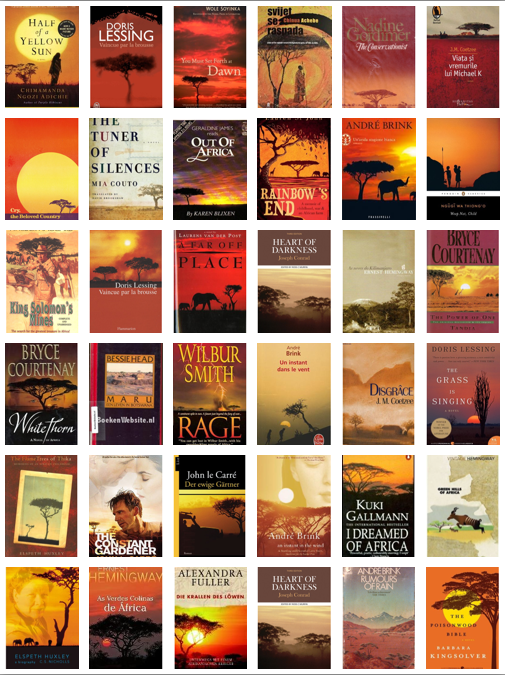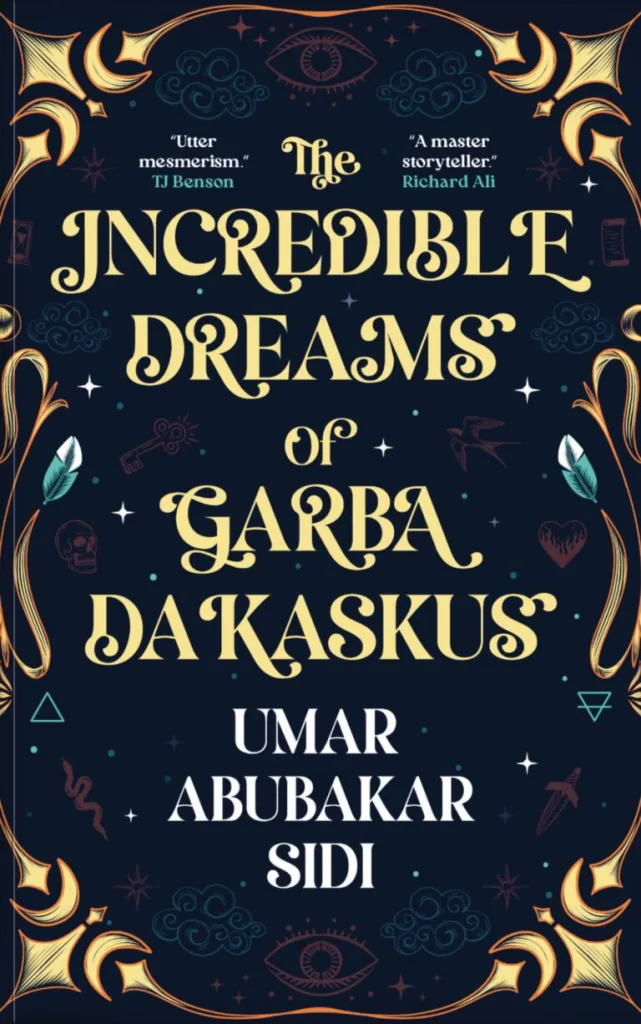They say, “do not judge a book by its cover,” but when has that ever spared a book of our judgement? Consequently, the cover art of a book goes a long way in enticing readers to explore its content. The relatively young African book cover art scene has had quite a number of trends since the rise of written African literature.
A Brief Overview of the Evolution
In the past, African books were fraught with lack-lustre and basic cover art. Undeniably, many factors ranging from limited resources and racism to a lean market contributed to that. However, when African book cover art transcended those dark times, another problematic system emerged – “the acacia tree sunset treatment.”
Ten years ago, a historian of the apartheid struggle in South Africa called Simon Stevens highlighted something bizarre. Practically every fictional book with any element of Africa in it irrespective of the genre had the same monotonous cover art. He aired his observation on X (more popularly known as Twitter). That tree silhouette with the corresponding orange sunset image seemed to be the first thing one encountered with any story about Africa.
While this trend was prevalent with books written by westerners about Africa, many books written by Africans also suffered the same fate. Everything about that stereotypical style reeked of myopia and laziness. As Elliot Ross (Africa Is a Country) stated, the covers seemed to have been designed by someone whose principal idea of the continent comes from “The Lion King.”
Stevens’ apt observation sparked a much-needed conversation on the status of African book cover art. Today, cover art in African fiction is breaking stereotypes and embracing the “art” in cover art.
Cover Art Trends in 2024
Now that technology, the internet and progressive thinking has broadened the market for African literature, there is a higher standard to live up to.
African book cover art is now adapting to the constantly shifting trends of the market. Likewise, African writers are collaborating with artists and book cover designers who can resonate with their stories. With that, the artists and book cover designers can accurately project the books’ essence onto their covers.
Amongst the books making waves in the market this year, we are going to explore a few prominent trends.
1. The Female Protagonists’ Image
More common with the fantasy genre, but not restricted to it. This style signals to the reader that they are about to encounter a daring female protagonist/heroine. Usually, this protagonist goes out of her way to question the pillars of patriarchy and injustice prominent in her African society, fantastical or not. It embodies the tenets of feminism and is inspiring to young African girls.
A great example is Tomi Adeyemi’s “Children of Anguish and Anarchy,” the third book in the “Legacy of Orisha” series. The first two books in the series featured the same style too. In addition to that, there’s Nnedi Okorafor’s “Death of the Author,” a story set in an african-futuristic society revolving around a female protagonist.
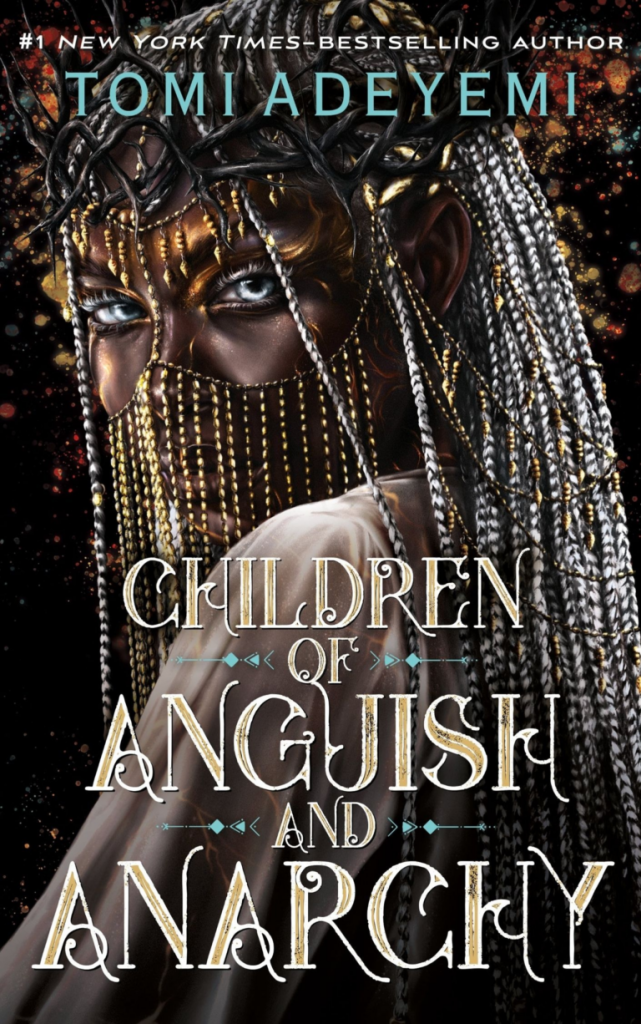

2. Typography-centred Designs
This style relies mostly on typography without much else. Here, there are no illustrations of any figures or objects which could give the reader an idea of the book’s plot. The artist/designer embeds the essence of the plot entirely in the style of typography and the colours employed. When tastefully done, the fonts take on the job of conveying the vibe of the book to the reader. The flexibility of this trend opens it up to a wide variety of genres.
3. Symbolic Designs
With these types of cover art designs, the reader can get a sense of the book’s plot from looking at the cover. It could be a single image of an object or it could be a collection of structures, figures and objects skillfully arranged by the artist. These symbols are meant to be thought-provoking and even become something the reader reflects on after they get into the thick of the plot.

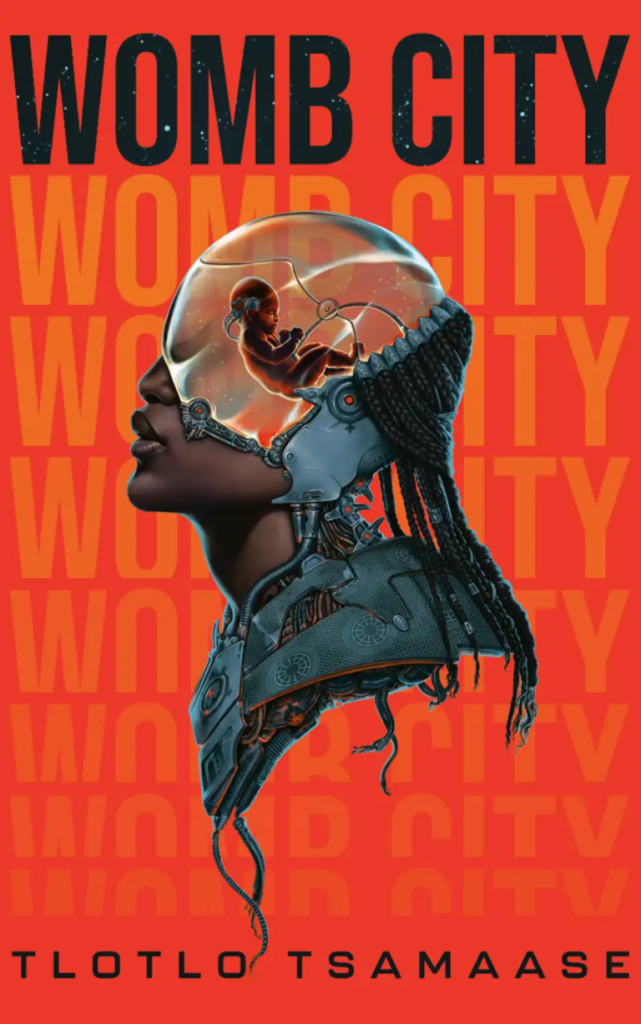
4. Bold Illustrations With Vibrant Colours
Possibly the most common style and fast becoming synonymous with African book cover art. It features illustrations which range from the exaggerated forms of caricatures to the simplistic outlines of two-dimensional figures. Match that with a big and uninhibited splash of vibrant colours and voila! There’s the perfect cover for a romance, comedy or rom-com book.
Occasionally, these covers are intended as decoys which deceptively introduce the reader to a dark and psychologically thrilling and chilling story.
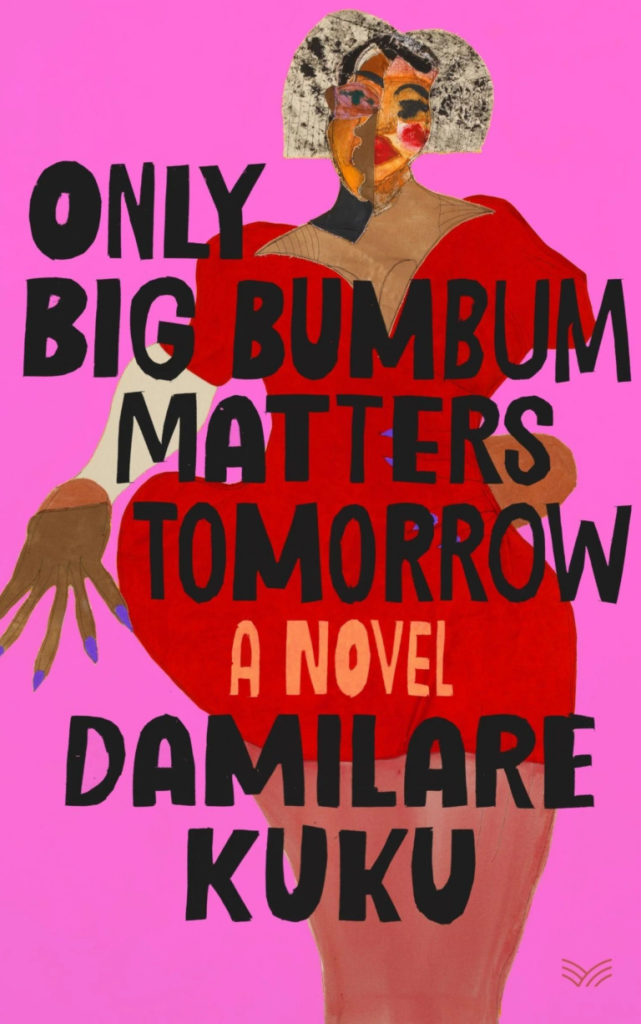
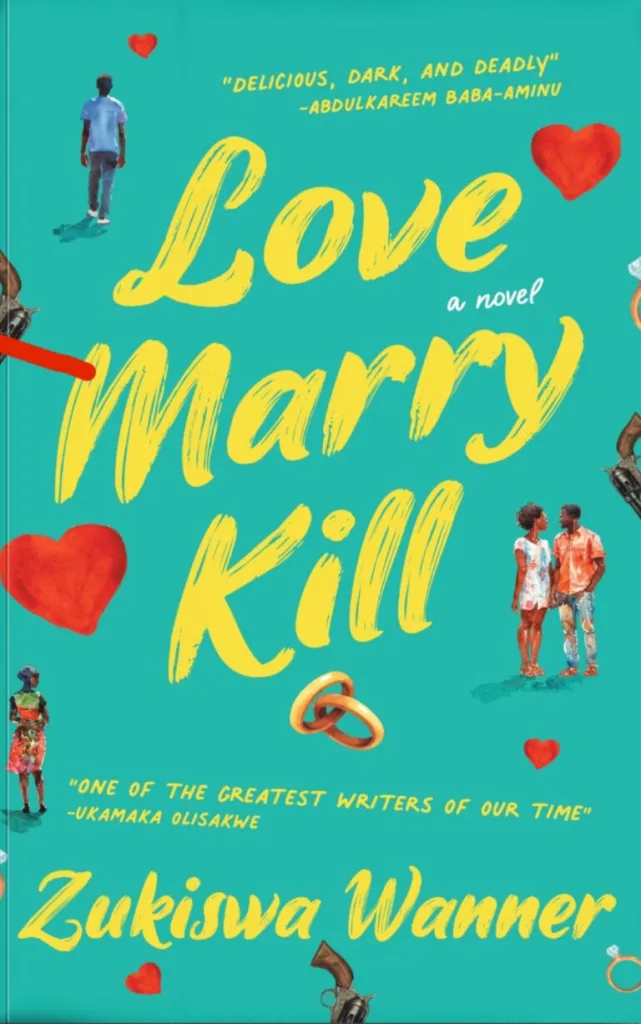
African Book Cover Art has come a long way from its seminal form. No longer shackled to restrictive stereotypes, it has evolved into a myriad of artistic pieces. Hopefully, the constantly growing nature of the art form is a trend that is here to stay.

